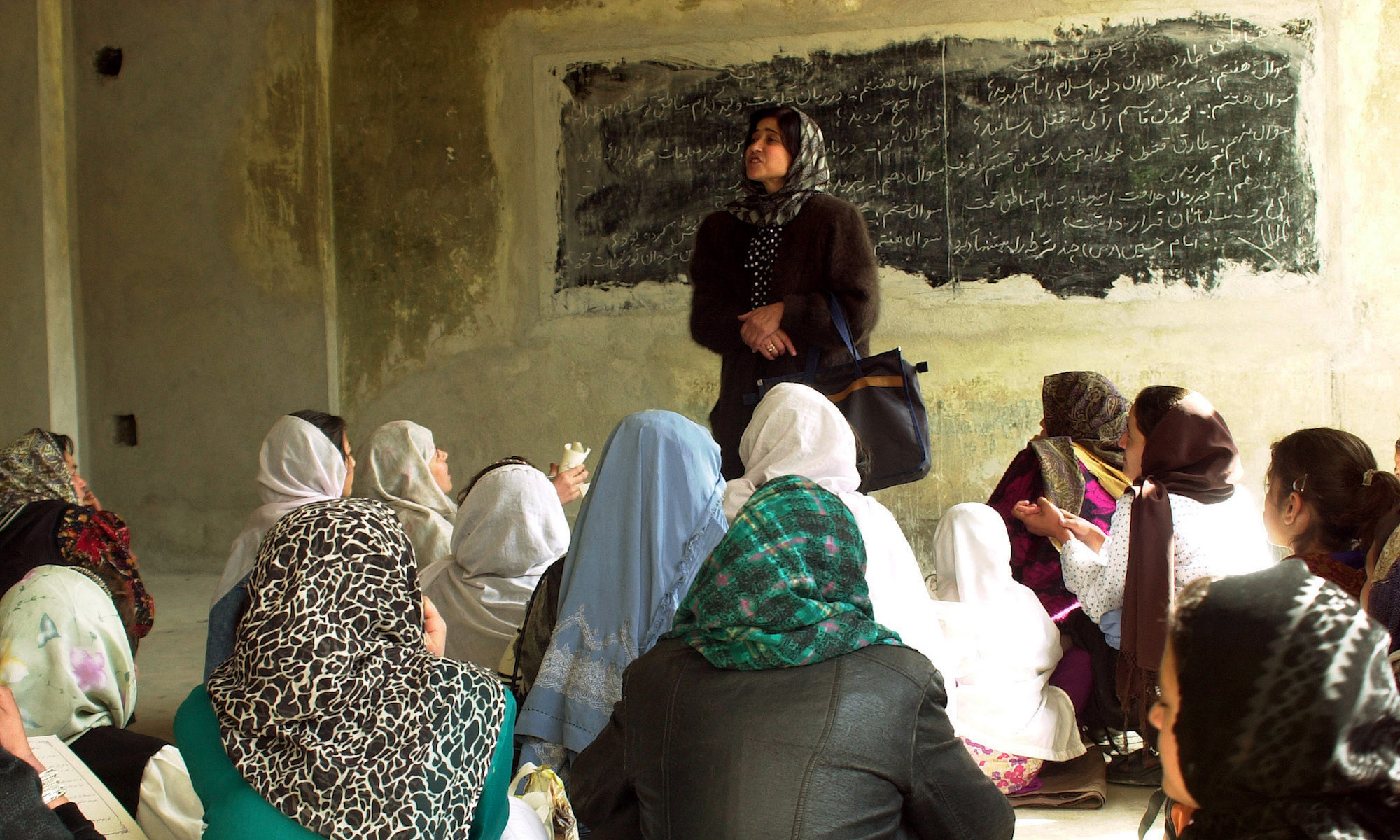The “international community” is not the only actor engaged in statebuilding processes; contemporaneously with external intervention, at national and local levels of non-Western societies other actors are also engaged in struggles to establish their own visions of a state. The results are ambiguous: the states built tend to be hybrid, combining formal modern state facades with informal ways of functioning. This essay introduces the Special Issue by outlining the importance of the analysis of the dynamics of state-formation: the deformation that statebuilding undergoes in the process of its implementation. This framework can provide new insights into the limits of statebuilding by highlighting how the negotiation processes accompanying any attempt at statebuilding are shaped to a great extent by non-Western states’ and societies’ specific embeddedness in global structures. These states are currently subject to deepening dynamics of internationalization and informalization which, despite a growing formal convergence of state institutions with Western models, structurally limit the probabilities of ensuing liberal-democratic state-formation.

INSCT Postconflict Research Database
The Institute for National Security and Counterterrorism's Postconflict Research Database & Analysis Project stores cross-indexed bibliographic information on hundreds of journal articles, books, book chapters, and case reports that address the broad, interdisciplinary fields of postconflict reconstruction, stabilization, and peacebuilding.
40 Replies to “Introduction: The Limits of Statebuilding and the Analysis of State-Formation”
Comments are closed.